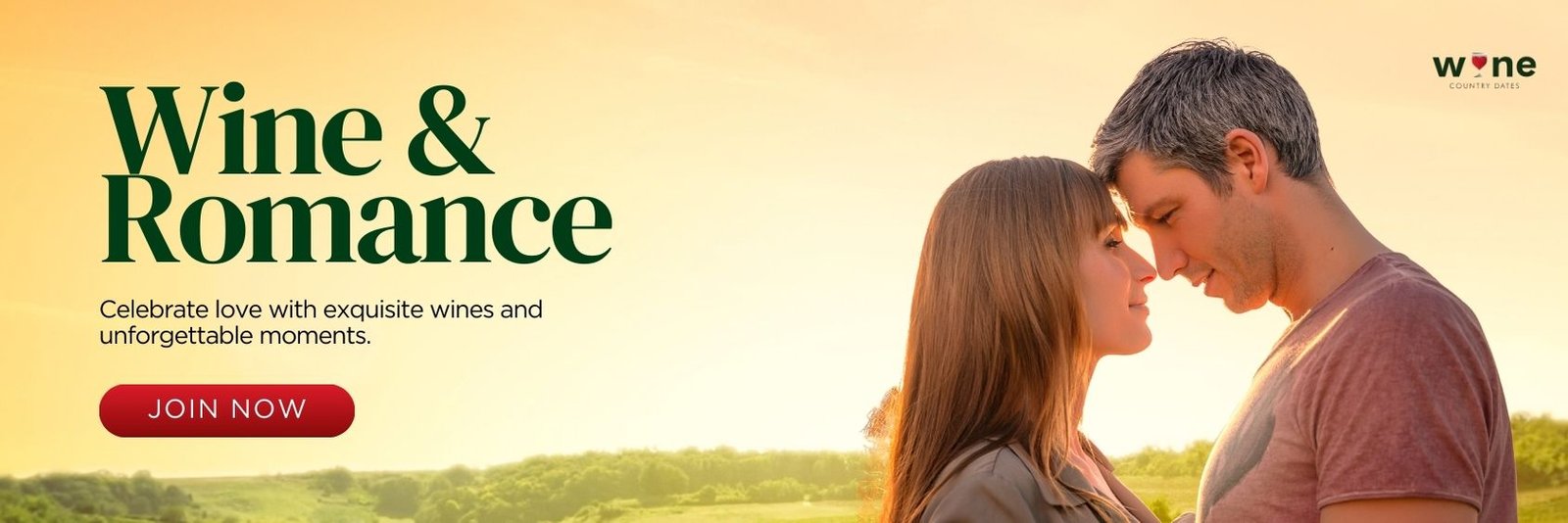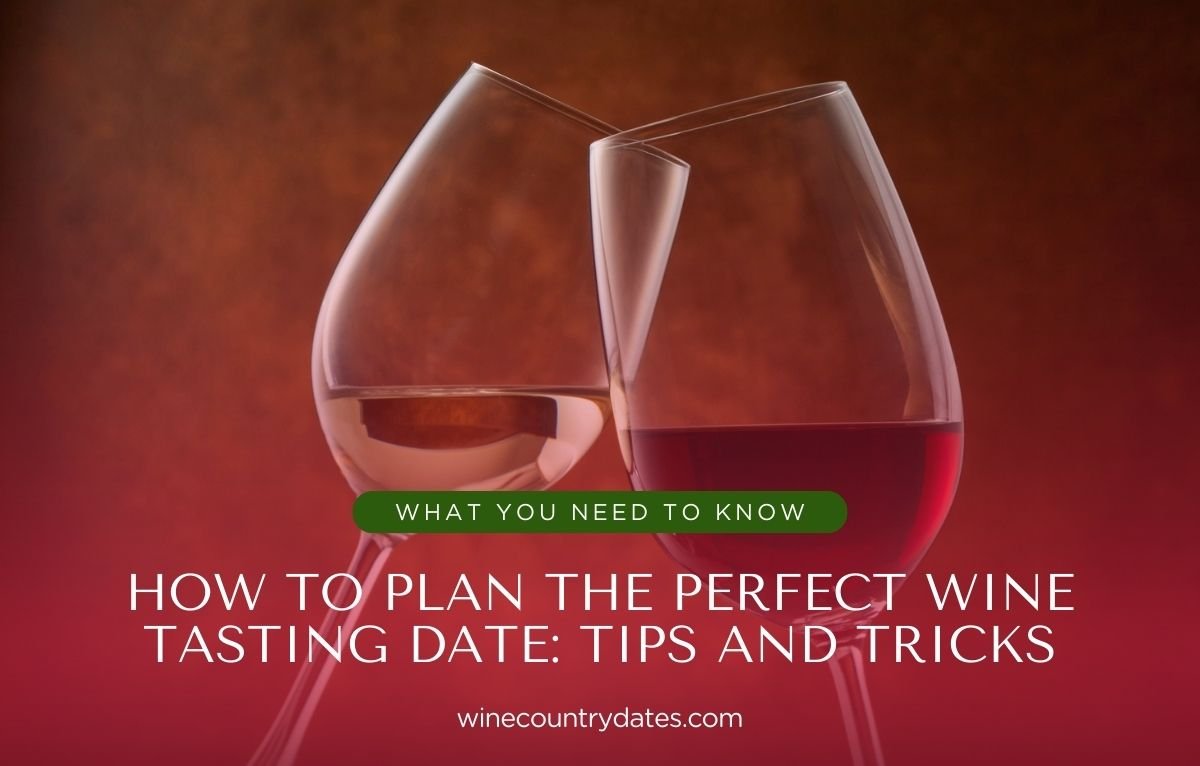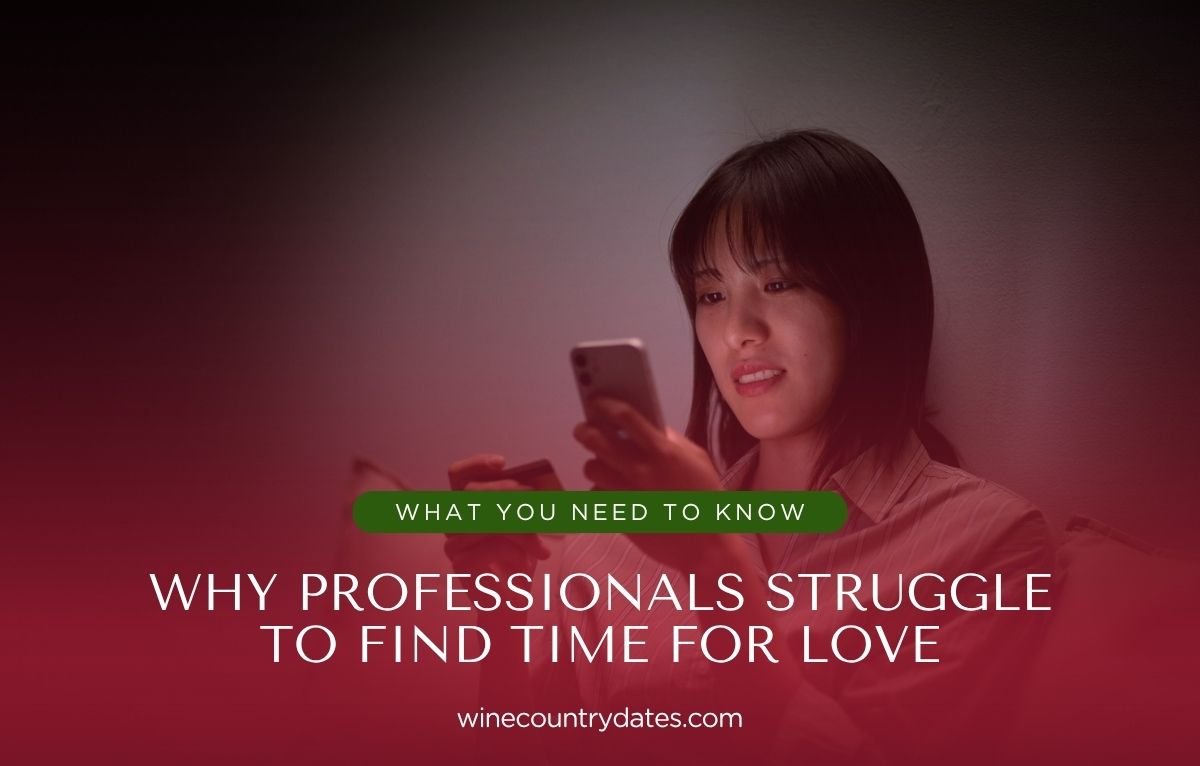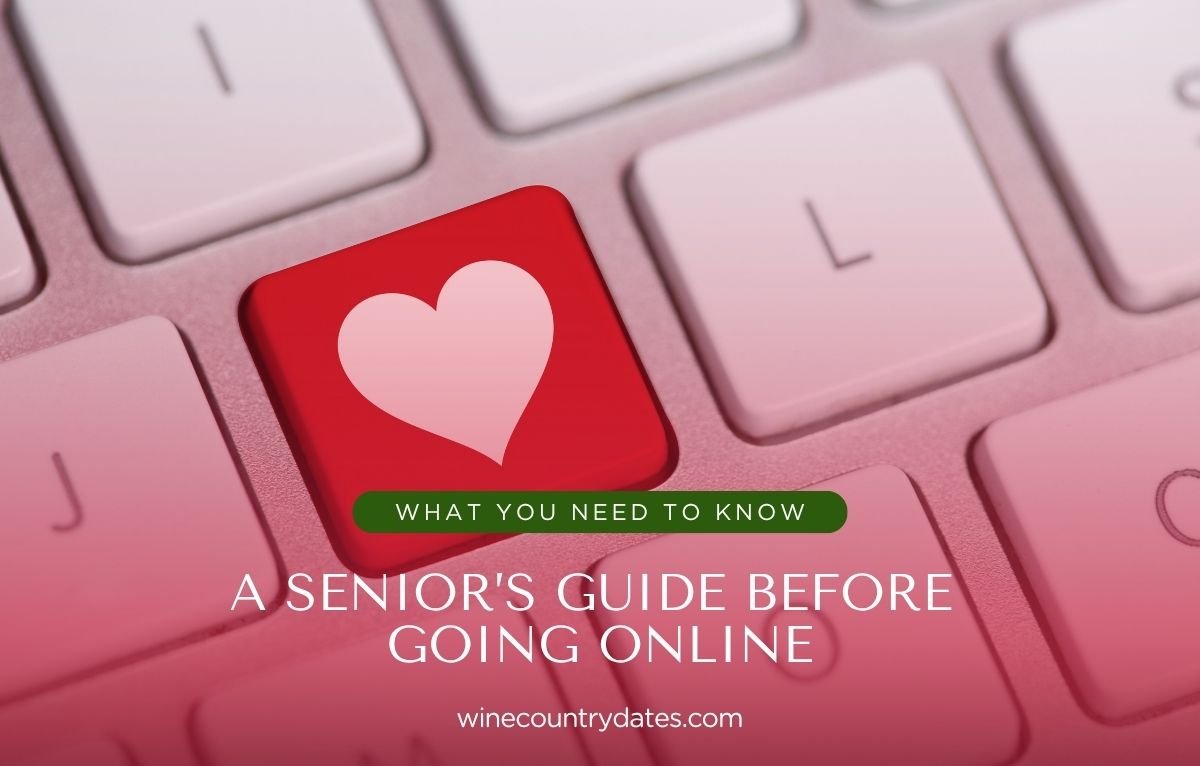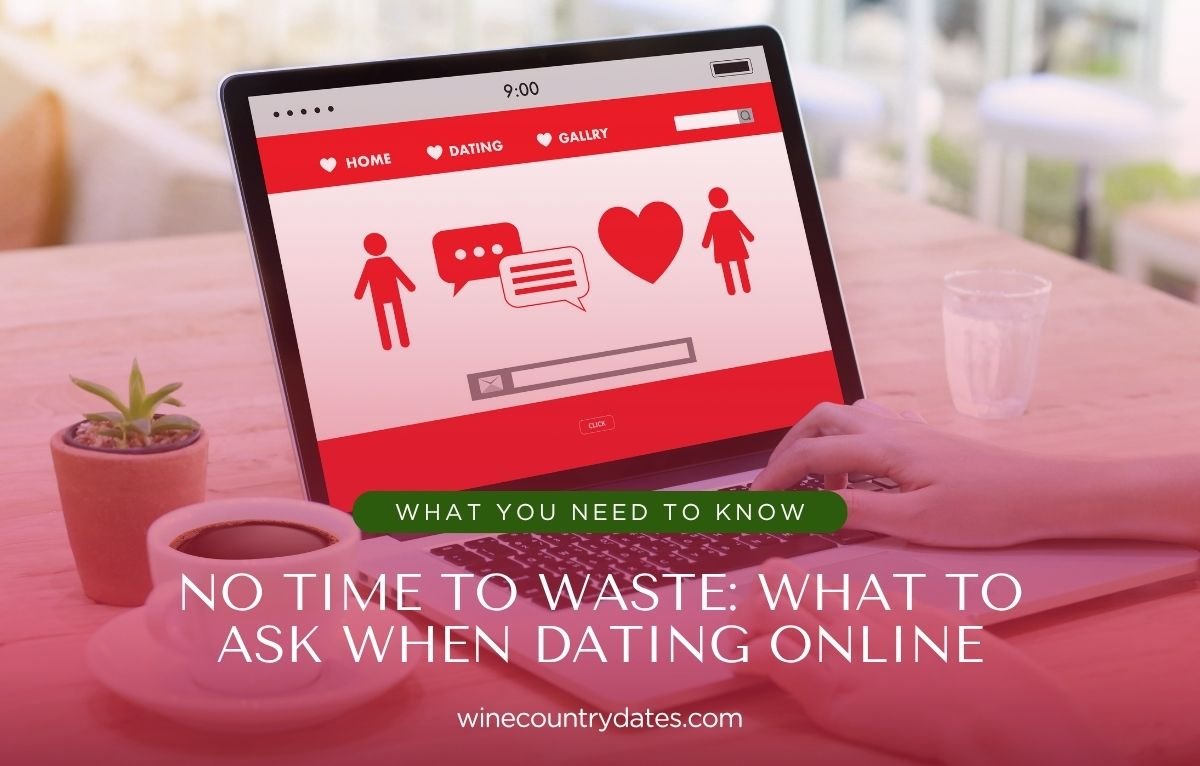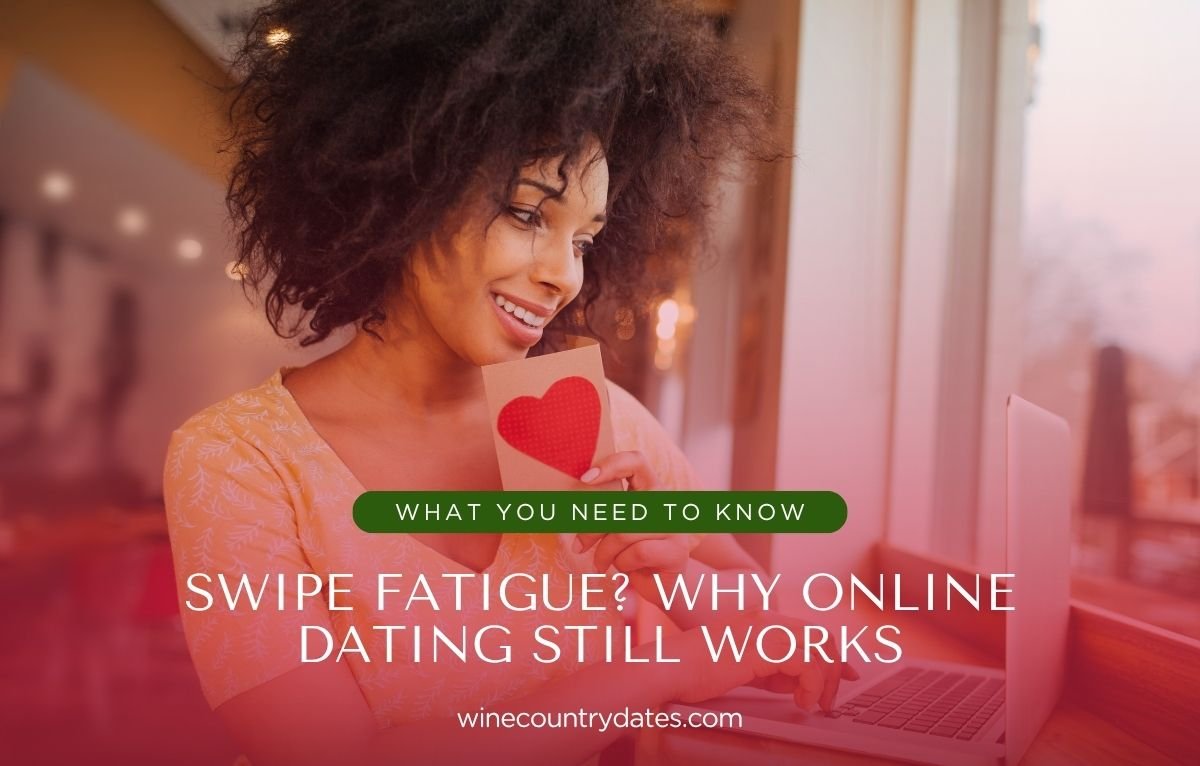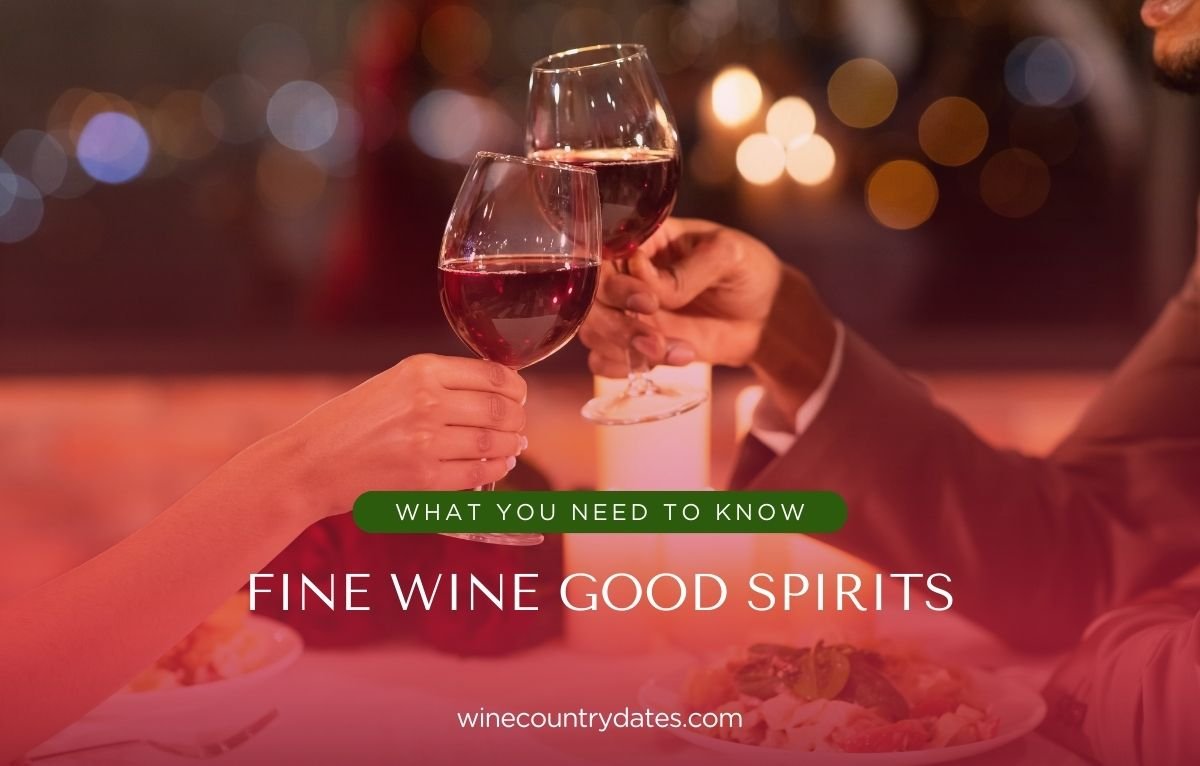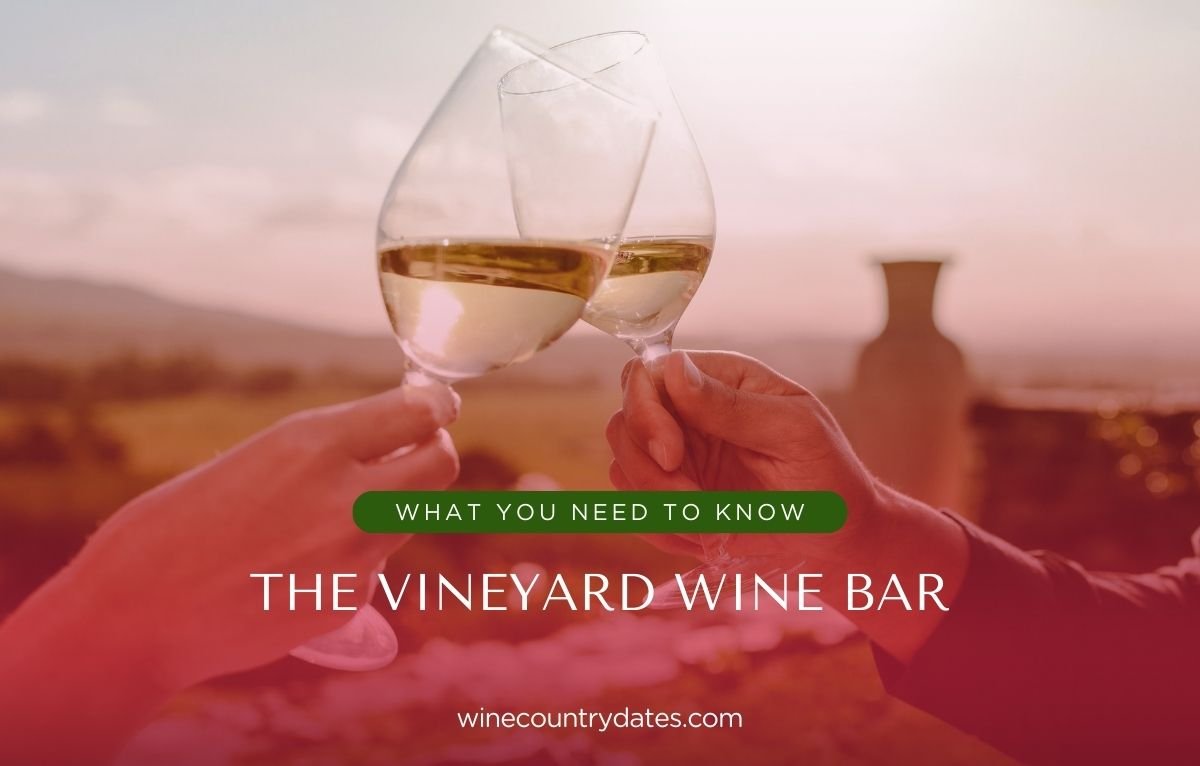Virtual Wine Tastings and Online Dating: Combining Romance and Technology
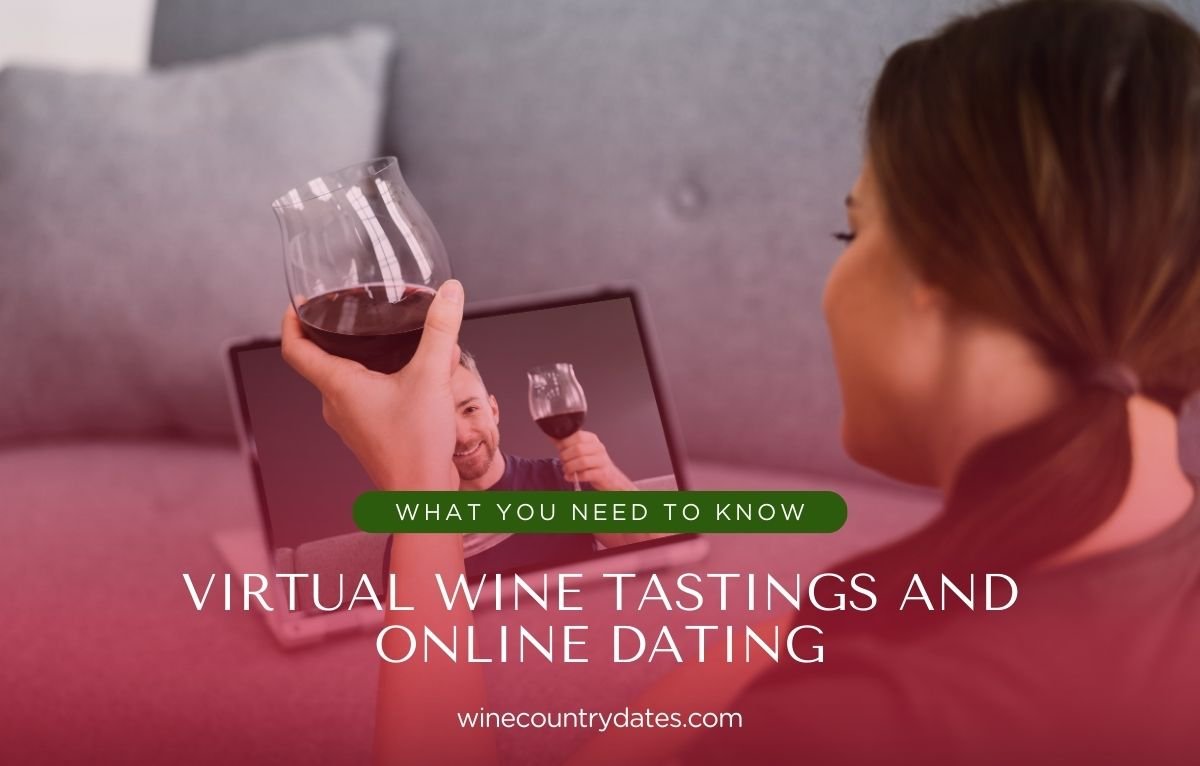
Romantic connection thrives on shared experiences, yet physical distance can make maintaining intimacy difficult. A virtual wine tasting date elegantly bridges the gap by combining the warmth of a classic wine experience with modern technology.
By planning a thoughtful virtual wine tasting date, couples can explore wines together, foster meaningful conversations, and build memories regardless of location.
This provides detailed guidance on how to host a successful virtual wine tasting date, covering preparation, engagement techniques, technology tips, and the many benefits of this romantic format.
Setting Up Your Virtual Wine Tasting Date Plan
Proper planning begins with choosing the right wines and environment. The wines should be easily accessible to both partners so they can purchase or have them delivered in advance.
Selecting wines within a specific theme, such as wines from the same region, a certain grape variety, or seasonal favorites, adds coherence and focus to the tasting. Including three to five wines creates a long enough experience without feeling overwhelming.
Both partners should prepare their tasting space to feel inviting and distraction-free. Warm and flattering lighting sets a cozy mood, while thoughtful background music can add ambiance subtly.
Dressing for the occasion also helps shift mindset from everyday to something special. Creating a virtual wine tasting nook at home encourages participants to relax and be present.
Host an Engaging and Interactive Experience
Engagement is critical for a memorable virtual wine tasting date. Sharing tasting notes and observations encourages dialogue.
Both partners can take turns describing the wines’ aromas, flavors, and textures, comparing how each perceives the experience. Providing a printed or digital tasting guide with background on each wine’s vineyard, history, and flavor profile adds educational interest.
Games and activities add playful fun. A blind tasting, where wines are uncovered only after tasting, sparks curiosity. Wine trivia or guessing the grape or region encourages friendly competition while deepening appreciation.
The shared focus on wine creates a natural flow of conversation, helping partners connect beyond superficial small talk.
Navigating Technology for a Flawless Connection
Technology can either enhance or hinder the virtual experience. Choosing a reliable video platform such as Zoom, Google Meet, or Microsoft Teams is critical.
These allow easy screen sharing, chat, and video interaction. It’s wise to schedule a brief tech check before the date to troubleshoot camera, microphone, and connection issues.
Both partners should ensure good lighting and camera angles so facial expressions and gestures are visible.
Using headphones can minimize echo and improve audio clarity. Sharing digital note-taking apps or collaborative documents helps partners compare tasting notes in real time. A smooth tech setup replicates the intimacy and engagement of in-person tastings.
Advantages of a Virtual Wine Tasting Date
Virtual wine tasting dates offer unique benefits. They transcend geographical constraints, making romantic experiences available to long-distance couples or those separated by circumstances. The comfort and control of home environments benefit introverted partners or those who dislike crowded venues.
This format also enhances safety and convenience. In unpredictable times or hectic schedules, virtual dates fit comfortably without logistical stress. They enable couples to regularly share quality time even when meeting in person is difficult.
Discover Romance in Every Sip with Wine Country Dates
Hosting a virtual wine tasting date transforms technology into a bridge of connection, bringing couples closer regardless of distance.
Wine Country Dates is your partner in crafting these rich, sensory experiences that foster intimacy and fun.
With thoughtful preparation and engagement, your virtual wine tasting date can become a cherished tradition, blending romance and innovation into every shared sip.
Latest blog & articles
Virtual Wine Tastings and Online Dating: Combining Romance and Technology
Online Dating November 28, 2025 Virtual Wine Tastings and Online Dating: Combining Romance...
How to Plan the Perfect Wine Tasting Date: Tips and Tricks
Online Dating November 21, 2025 How to Plan the Perfect Wine Tasting Date:...
Why Professionals Struggle to Find Time for Love
Online Dating November 14, 2025 Why Professionals Struggle to Find Time for Love...
